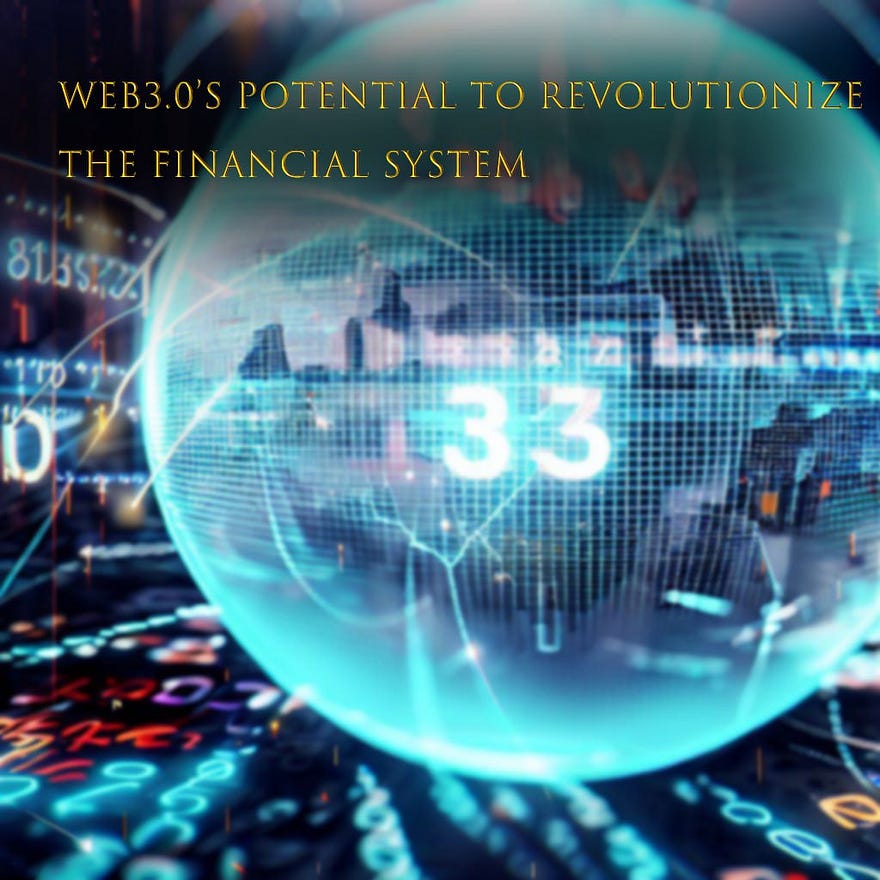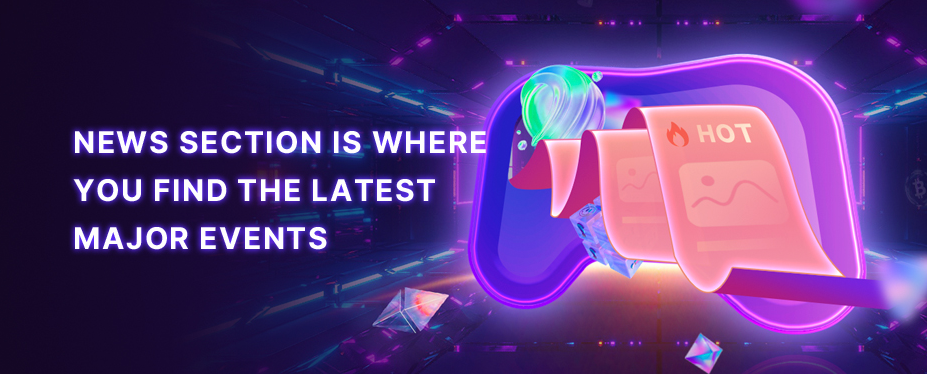Brave New Internet: Embracing Web3.0
Is there anyone who can properly describe what Web3.0 is?

Plenty of rumors and speculations about it...
It was discussed not only in blogs and forums within the conventional internet but also in conventional media. (Yes, I refer to the current internet that we are using now as conventional internet.) The conventional media, perhaps at the expense of its own demise, does this because for many, including myself, it is a fact that we will inevitably face. Just like radio moved into television, television also transformed the internet by transforming its own features. The conventional media, which I referred to as television, adapted itself to this new order of things to survive within the decentralized yet multi-centric structure of the internet. The TV or film stars of the conventional media became YouTubers, or more accurately, this new media created its own stars. However, here users were also customers and consumers. So first, let’s take a brief look at how we arrived at Web3.
Web1 can simply be called the early, “static web”. This allowed users to only view static websites in a “static way”. The possible interaction was just that.
Web2, on the other hand, as many of us remember this transition, was actually an “interaction revolution,” spearheaded by social media sites. Now, users could make online transactions or interact directly with other people on social media platforms, online marketplaces or applications whose number is increasing day by day.
However, people started to cluster around “certain central powers.” As Web2’s usage grew geometrically, so did the power and influence of centralized intermediaries such as social media platforms, search engines, and online marketplaces. Today, we know that the data obtained through our interaction as users were used to manipulating us.
This is because Web2 was actually an intermediaries' system. According to many people, they were like titans that ruled over our “data”, which is considered the most valuable thing in our age. Yes, maybe they still are, as we face cases of misuse of user data and censorship on the most well-known social media platforms today.”
Embracing Web3.0: The Revolutionary New Era of the Internet
Well, continue to Web3; which is not just a buzzword, but rather, the future of the internet. This is a paradigm shift.
The emergence of Web3.0 represents a significant departure from the centralized model of Web2.0. Web3.0 is a decentralized web that is built on blockchain technology, which provides enhanced security, transparency, and autonomy for users. By using Web3.0, individuals can take control of their data and digital assets, and can conduct transactions securely and transparently without the need for intermediaries. In this article, we will explore the revolutionary new era of the internet that Web3.0 brings and the benefits of embracing this new paradigm.
Decentralization: The Essence of Web3.0
The main benefit of Web3.0 is its decentralized nature. Unlike Web2.0, which relied on centralized intermediaries to facilitate transactions and manage data, Web3.0 uses blockchain technology to create a distributed ledger that is secure, transparent, and immutable. This means that users can conduct transactions directly with each other without the need for intermediaries, which eliminates the need for third-party verification and reduces transaction fees. Decentralization also ensures that users retain control over their data and digital assets, reducing the risk of data breaches and unauthorized access.
Web3.0’s Potential to Revolutionize the Financial System

Web3.0 has the potential to facilitate new forms of economic activity. By using decentralized finance (DeFi) platforms, users can participate in peer-to-peer lending, borrowing, and trading without the need for traditional financial institutions. This allows for greater access to financial services and can help to create a more equitable and inclusive financial system. Furthermore, Web3.0’s decentralized nature also provides greater transparency and security for financial transactions, which can help to mitigate issues of fraud and corruption.
The Feasible Impacts of Web3.0 on Digital Identity Management
It is possible Web3.0 to revolutionize digital identity management. By using decentralized identity (DID) protocols, users can take control of their digital identities and manage them in a secure and decentralized manner. This can help to mitigate issues of data privacy and identity theft and can empower individuals to control how their personal information is shared and used online. Web3.0’s decentralized identity management system also eliminates the need for third-party verification, which can help to reduce identity fraud.
The Future of Content Creation in Web3.0
Web3.0 has opportunities to unlock new forms of creativity and innovation. By using decentralized content creation and distribution platforms, users can create and share digital content in a more equitable and decentralized manner. This can help to foster a more diverse and inclusive online ecosystem and can provide new opportunities for content creators and innovators. Web3.0’s decentralized content creation and distribution platforms also provide greater control and autonomy for creators, allowing them to monetize their content directly and retain ownership of their intellectual property.
Embracing Web3.0: The Way Forward
Embracing Web3.0 represents a significant opportunity to create a more equitable, transparent, and decentralized internet. While there are still challenges to overcome in terms of adoption and implementation, the potential benefits of Web3.0 are vast and far-reaching. As more individuals and organizations begin to embrace this new paradigm, we can expect to see a wave of innovation and progress that will shape the digital landscape for years to come.
Web3.0 is more than just a technological innovation; it is a social and economic revolution that has the power to transform the way we interact with the internet and with each other. So, let us embrace Web3.0 and be part of this revolutionary new era of digital, social, economic, and cultural transformation!





Reviews